When you are making a mold design for your plastic injection molding project, you should check every detail to make sure you will get a perfect mold. Here is a checklist that help you to check the mold design.
A) Mold assembly design check
01) The distance between the tie rods
02) Insulation board
03)Install the mold on the injection molding machine (full mold, cavity and core side separated)
04) Positioning ring cavity and core side (Ø)
05) The guide post is longer than the insert
06) B board has enough support columns
07) Machine: The width of the opening is sufficient, and the ejection bag can be moved
08 years) mold marking
09 years) mold label
10) How many cavities
11) Are all boards (mold bases) strong enough
12) Pry bar groove area, easy to disassemble
13) Other
B) Mold function / ejection
01) Ejector according to mold specifications
Guide ejector packaging according to mold specifications
03) Limit switch
04) Eye bolt threads from all directions on all plates
05) Whether to pop up guarantee
06)Ensure the discharge of the gate
07) Parts or gates cannot be stuck
08)Ejection marks are not allowed
09)Ensure that the gate is taken out by the robot
10)Gate side cut
11) Return pin
12)The ejector is close to the secondary gate
13) Ejection package: there are enough screws
14)Lifting rod with complete mark (model number, weight)
15) Shooting counter
16) Thermocouple CAS and COS HASCO H1295/3/8
17) If there is a risk of damaging parts, please provide a delayed gate injector.
18) Mould running grease/oil free
19)Bill of Materials (BOM), including hardness
C) cooling
01) A board and B board have enough cooling
02) The core blade and cavity blade have sufficient cooling
03) Slider cooling
04) Splint cooling
05) All have cooling signs
06) Whether the cooling joint/joint position is correct (downward or backward)
07) Mold cooling marking plate
08) Separate cooling around the welding line or gate
09) Cooler inserts, such as corners
D) Gate, cold runner
01) Straight gate
02) Cold runner and sub-gate
03) Rotatable gate
04) Sub-gates with/without dead ends
05) Door size (enough or too big)
06) Nozzle radius (flat, R15, 5 or R40…) according to mold specifications
07) Cold runner circle
E) Hot runner system
01) Hot runner brand, suitable size
02) Adjust the hot runner
03) Thermal conductor connection shell
04) The position of the connection shell
05) Nozzle radius (flat, R15, 5 or R40…)
06) Cable channel round
07) Open the cable channel: fix the cable to prevent it from falling out/crushing
08) Hot runner/manifold sleeve lock
09 years) other
F) Hot runner valve system
01) Check the hot runner system, nozzle type, manifold, etc.
02) Connect housing
03) The position of connecting the shell
04) Nozzle radius (flat, R15, 5 or R40…) according to mold specifications
05) Cable channel round
06)Open the cable channel: fix the cable to prevent it from falling out/crushing
07) Adjust the hot runner
08) Pneumatic, hydraulic and electric drive for hot runner (according to mold specifications)
09 years) cascade requirements
G) General
01) Shrink
02) Changeable insert code
03) Weak/thin insertion centre
04) Vent
05) Mark the cavity number. Which number to start with.
06) There is enough space in the nozzle of the injection molding machine
07) More and more threads
08) The fit between the insert and a board/b board
09) All markings are in accordance with the requirements of the drawings
10) Mold clamping is required
11) Better clearance/easier installation
12) Catapult/demolding becomes possible
13)Need 2-stage ejector
14) Is there any air needed for demoulding
15) If the mold temperature is higher than 90°C, all components are considered
H) Slider
01) Slider with insert
02) Position the groove of the slider
03) Need for safety top pin
04) The angle of the guidepost and the wedge plate are different, the minimum is 2°
05) Slide lock
06) Slider cooling
07) Ventilation, 2 actions of the slider
08) Large sliders should have central guide rails
I) Hydraulic
01) /mark
02) Connection of hydraulic cylinder
03) Event schedule
J) Automation
01) Need for centring
02) Space requirements
03) Cold runner to ensure pick-up
04)Guarantee parts disassembly

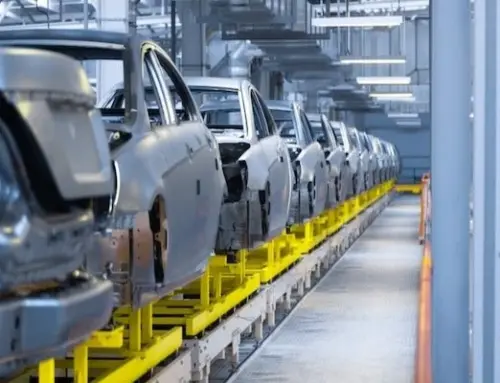
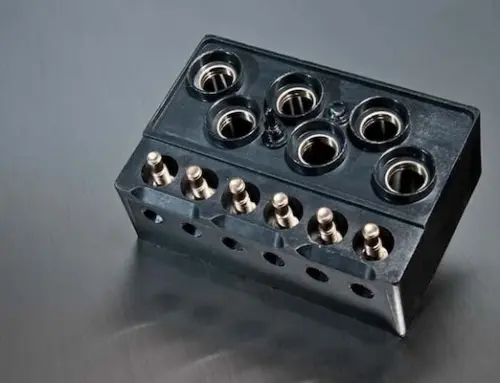
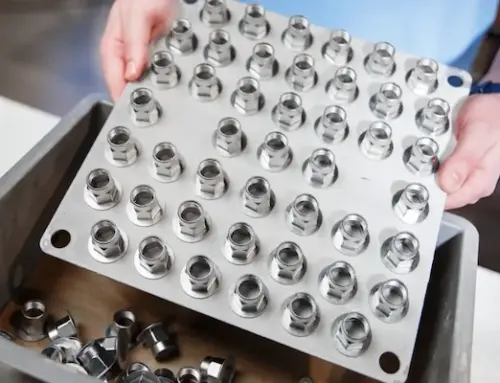
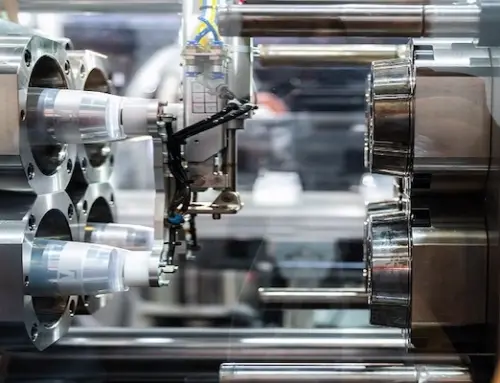
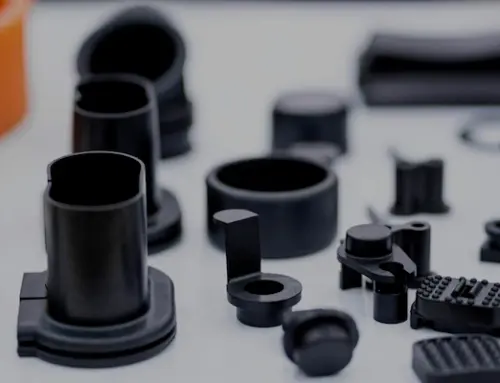
Leave A Comment